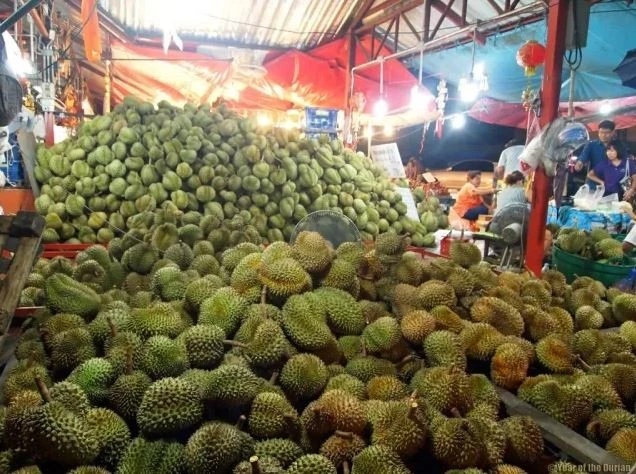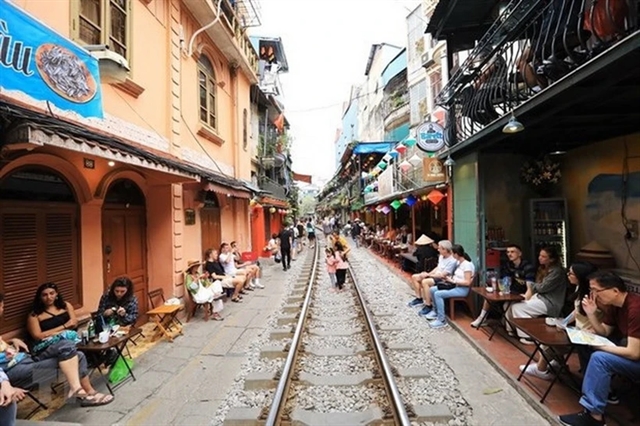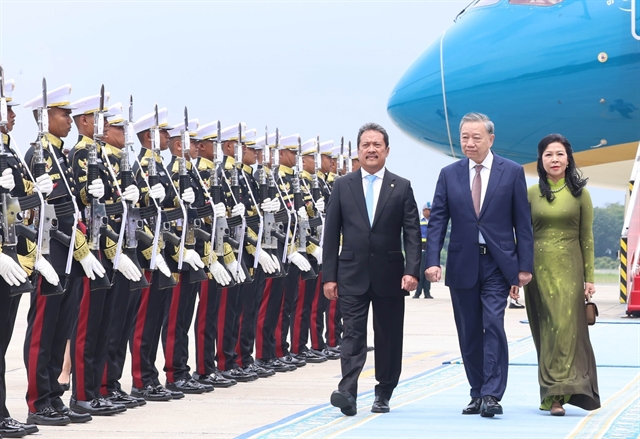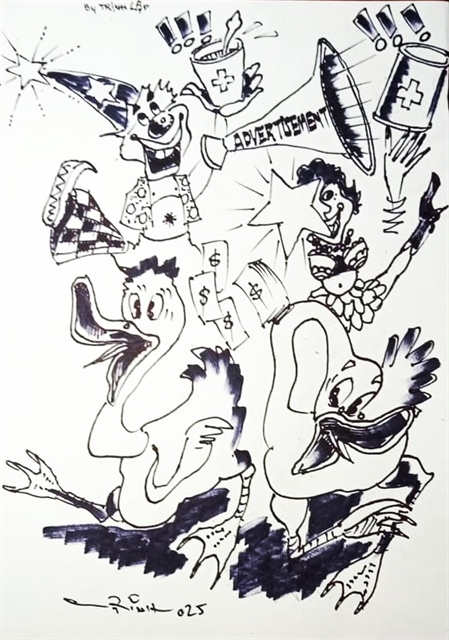

Over 2,000 workers of the coal industry who have worked in extreme conditions have had their lungs washed since 2004
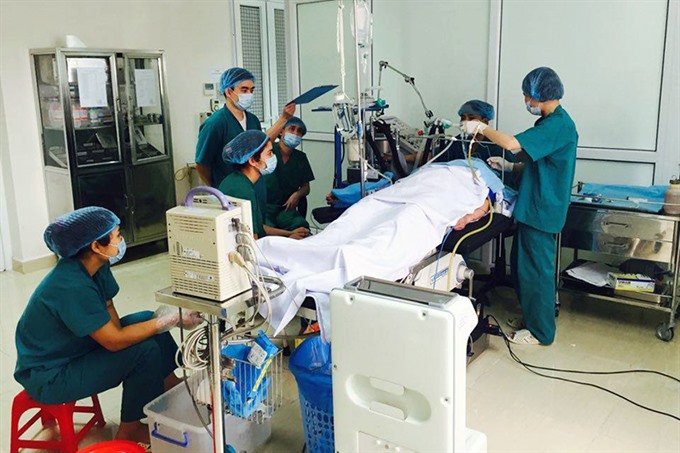 |
| Doctors conduct lung washing for a miner from Uông Bí Coal Company in Quảng Ninh Province. -- Photo baoquangninh.com.vn |
HÀ NỘI -- "I’m glad that the cough, as well as the coal dust, has gone after I underwent lung lavage", said Phạm Văn Thành, from Khe Chàm Coal company.
Like so many miners who receive treatment at the Coal and Mineral Hospital, Thành said he hoped it would help him return to a healthy life.
Being affected with pneumoconiosis, a lung disease, he has often suffered from breathing difficulties over the past four years.
"Although I had asked the company management if I could shift to other jobs to avoid frequent contact with coal dust, my cough hasn’t stopped," he said, adding that he worked as a miner for 36 years.
"Thanks to lung lavage, my health became much better," Thành said with a bright smile.
Phan Văn Độ, another worker from Dương Huy Coal Company, said he used to suffer with a persistent cough due to inhaling coal dust.
“Slight changes in the weather could also cause difficulties for my breathing. Tiredness and exhaustion were very common for me,” he said.
Độ said he hoped doctors could revive his “black lung” and he would return to work in the mines of Quảng Ninh Province soon.
Le Quang Trung, deputy director of the hospital, said lung lavage, commonly called "lung washing", was the most effective way to treat the disease, which is still not curable.
The procedure involves doctors circulating around 9-12 litres of fluid through each lung on average, with the liquid starting out very dark but becoming clearer as the process continues.
It takes between 15 and 25 days to conduct a complete lung lavage procedure for a patient.
Tens of thousands of coal industry workers have already worked in extreme conditions, but once they are exposed to silica dust, symptoms such as chest pains, breathing difficulties, persistent coughs or fever would follow them for the rest of their life if they didn’t undergo the lung lavage procedure.
Pneumoconiosis, caused by inhalation of crystalline silica dust, could lead to a limitation of air flow in and out of the lungs, causing shortness of breath. The disease usually worsens over time, he said.
Đỗ Tiến Sĩ, head of the Occupational Disease Faculty, said before the "lung washing" technique was applied in Việt Nam in 2004, doctors at the hospital were worried about potential occupational diseases for thousands of miners who worked underground. Their anxiety grew after conducting medical check-ups on the miners.
At that time, the Việt Nam national Coal-Mineral Industries Holding Corporation Limited (Vinacomin) had to send miners suffering from pneumoconisis to China for lung washing.
A group of doctors from the Coal and Mineral Hospital, including Sĩ, then suggested the corporation let them go to China to learn the technique for themselves.
Returning home, they started treating domestic workers at a much lower cost than VNĐ60 million (US$2,700), the estimated cost of sending a worker to China for treatment.
The record of patients had shown positive results, Sĩ said, as most of them had improved respiratory function after between 6 and 12 months and go on to gain weight (2.18kg on average).
A study on 83 patients who worked as miners for 25 years and above revealed that the frequency of coughs and chest pains reduced by 9 per cent after receiving lung lavage. For those who worked in the occupation less than 15 years, lung lavage could be a tremendous relief, particularly in eliminating problems relating to breathing difficulties.
Over 2,000 workers have had their lungs washed since 2004, and the hospital is the only medical centre in Viet Nam that is authorised to conduct the technique by the Ministry of Health.
Si told Quang Ninh newspaper, however, the number of people undergoing lung washing was still small compared with those who worked underground and were exposed to silica dust.
All people who experienced dust for about 3 years, and have suspected symptoms should have their health evaluated to detect occupational diseases and receive timely treatment, he said.
Thus, the hospital has proposed that the Ministry of Health include miners who worked in the field for 3 years to the list of miners subject to lung lavage, to improve the effectiveness of preventative treatment, as the younger the workers are, the more efficiently they are cured and vice versa, he said.
The Ministry of Health has revised the regulations to offer lung lavage treatment to miners with 5 years experience in the field. This is an improvement on previous regulations, which allowed only miners with over 15 years working in mining industry, to under go lung lavage. -- VNS



